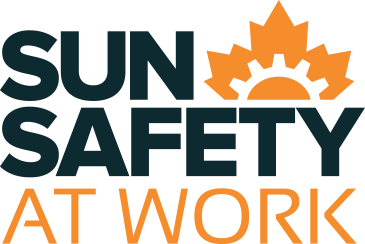Glossary beginning with U
U
- Ultraviolet (UV) radiation search for term
-
Ultraviolet (UV) radiation is a type of electromagnetic radiation. It is the highest energy form of nonionizing radiation and is part of the electromagnetic spectrum. It consists of radiation with wavelengths between 200nm and 400nm. In the electromagnetic spectrum it is between x-rays and visible radiation. It has three sub-groups: UVA, UVB, and UVC. UVC radiation is the highest energy, with wavelengths between 200nm and 280nm. UVB radiation has wavelengths between 280nm and 320nm. UVA has wavelengths between 320nm and 400nm. The sun is the main source of UV radiation, along with some high intensity artificial sources (for example welding arcs). Wavelengths less than 290nm are completely absorbed by the Earth’s ozone layer. UVB radiation is the primary cause of sunburn and skin cancer, though UVA radiation also associated with skin cancer.
- Ultraviolet protection factor (UPF) search for term
-
Ultraviolet protection factor is a rating used to describe how much protection fabrics and materials provide from UV radiation. It provides an indication of the ability of the material to block UV radiation passing through it. A fabric or material with a UPF 40 allows only 1/40th or 2.5% of the UV radiation striking it to pass through, therefore blocking 97.5% of the incident UV radiation. For fabrics and materials to be considered sun protective, they should have a UPF of at least 15 (allows 6.7% of UV to penetrate). A UPF of 40 or more is considered to provide ‘excellent’ UV protection.
- UV index search for term
-
The purpose of the UV Index is to provide a simple description (in a single number) of the solar ultraviolet (UV) exposure received by the public and workers, with recommended protective actions based on increasing UV index values. The UV index values range from 0 to around 20, with the following categories: low (less than 2), moderate (3 to 5), high (6 and 7), very high (8 to 10), and extreme (11 and above). The World Health Organization recommends that protection measures be used when the UV index is 3 or above, and that additional protection be used when the UV Index is above 8. In Canada, the UV Index in many locations is above 3 from 11am to 3pm daily between April and September. The UV index was initially introduced in Canada in 1992 and was then adopted internationally by the World Health Organization in 1994.
- UVA search for term
-
UVA is the longest of the wavelength bands of ultraviolet radiation and is therefore the lowest energy UV radiation. It consists of those wavelengths between 320nm and 400nm.
- UVB search for term
-
UVB is the middle of the wavelength bands of ultraviolet radiation and consists of those wavelengths between 280nm and 320nm. Wavelengths below 290nm are completely absorbed by the ozone layer. Exposure to UVB is the primary cause of sunburn and skin cancer.
- UVC search for term
-
UVC is the shortest of the wavelength bands of ultraviolet radiation and is therefore the highest energy UV radiation. It consists of wavelengths between 200nm and 280nm. Due to filtering of UVC by the ozone layer, human exposure to UVC radiation is primarily from artificial sources of UV such as welding arcs and lighting systems.

